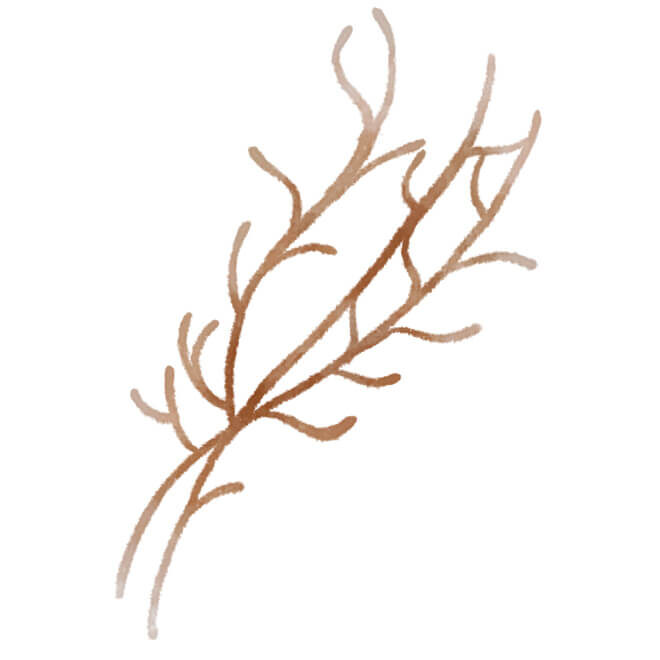Basic information of Seaweed

The seaweed belongs to the family Chordariaceae in the order Chordariales (Phaeophyceae). In Okinawa, it is called “sunui” (vinegared seaweed) because people there eat it with a mixture of sake, soy sauce, and vinegar. Mozuku is a seaweed that is slim, elongated, and branchy, resembling somen noodles, and is distributed in warm shallow seas. Some say that since it inhabits attaching to other algae, it has been named mozuku, which means “attaching to algae.” 95% of mozuku consumed in Japan is harvested in Okinawa, and it has a distinctive sliminess and slippery texture.
It is rich in water-soluble dietary fiber, low in carbohydrates and energy. High levels of fucoidan, a type of water-soluble dietary fiber, help alleviate constipation and enhance immunity.
| Per 100g | Energy kcal |
Protein g |
Fat g |
Carbohydrates g |
Dietary Fiber g |
Salt Equivalen g |
|---|---|---|---|---|---|---|
| Okinawan mozuku (salted, desalinated) |
7 | 0.3 | 0.2 | 2.0 | 2.0 | 0.6 |
There are roughly 2 types of mozuku seaweed.
The most commonly consumed type of mozuku in Japan is Cladosiphon okamuranus, also known as Okinawan or Futo mozuku. Okinawan mozuku is characterized by its thick and soft texture, making it easy to chew and cut in the mouth. It is utilized in various recipes.
In Japan, only a small percentage of mozuku production consists of ito mozuku. This type of mozuku is characterized by its fine fibers, which contribute to its slimy texture. This mozuku is often referred to as “Ito mozuku” or “Hoso mozuku”. Due to its limited production, it is considered a rare variety of mozuku.
Furthermore, there is Sphaerotrichia divaricata that is known as “Iwa mozuku”.
April to June